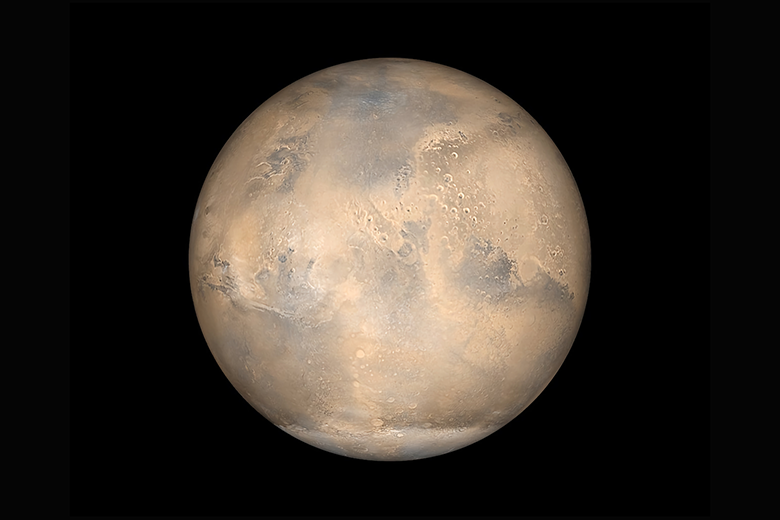The Perseverance robot has become one of the greatest feats in aerospace engineering. On a mission to find remains of life on Mars, his landing kept scientists, enthusiasts, and not so enthusiastic about the red planet and technology in suspense.
After successfully making landfall after seven months of travel and thanks to the calculations of NASA scientists, it sent the first images to confirm its status and position. Quite an achievement since it barely deviated two kilometers from the fixed landing point.
This robot has the latest technology and is destined to search for remains of life on Mars, it is the most ambitious NASA project on the planet and will last one Martian year (two Earth years). Although it is known that if the instruments continue to work they will expand. It also has a secondary mission that consists of testing technology that helps in a future human presence on the planet.
This robot weighing one ton and having dimensions similar to a car has various instruments such as radar, microphones, a weather station, or storage space for rock samples.
But the two most interesting elements are the two-kilo helicopter, known as Ingenuity, intended to test whether it can operate on Mars; and the MOXIE device, which seeks to convert Martian CO2 into oxygen.
In order to transmit all photos and small video formats, in some cases with audio, an element capable of transmitting this signal is necessary. For this, one of the three antennas available to the robot is used, UHF (ultra-high frequency), its communication link with mission control.
This radio signal has to travel between 56 and 400 million kilometers to cross the distance that separates both planets based on their position. It only takes between 5 and 20 minutes to do this and relies on the orbiters around Mars. These provide strength and forward the signal directly to Earth. Thanks to this communication work, different images can be seen on the mission’s official website, which allows us to keep up to date with what is happening.
After having achieved the first images of the planet years ago, some so curious that they looked like a face, it is time to achieve better resolutions and try new technologies. All this with the aim of perhaps one day set foot on the red planet. To achieve this feat, Perseverance is a fundamental piece that will provide very valuable information in order to define the future challenges of space exploration. Their data is eagerly awaited to confirm whether life actually existed on Mars. Will the definitive tests arrive?

